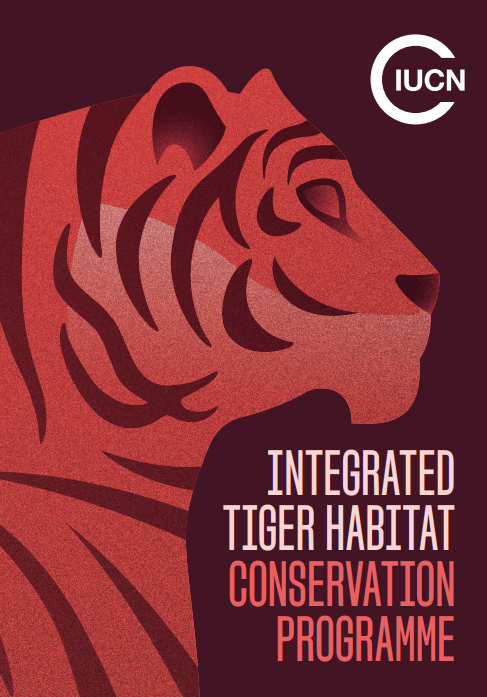Tigers
Welcome to my blog on tigers. Here you will learn about why this species is currently endangered and how you might be able to help.
Tigers are the largest of all the Asian big cats and their scientific name is panthera tigris. They are typically solitary have their own territories in which they hunt. They hunt alone relying more on sight and sound rather than smell to stalk their prey. There are currently about a total of 4,000 tigers left in the wild.
This map shows the decline of tigers and their habitats. Their habitats used to span across large areas of China, Russia, India and Indonesia. However as time has passed those areas have shrunk down to only a small portion of what they used to be. this huge decline is mostly due to human activities and expansion resulting in the loss of habitat.
In the ecosystem tigers are apex predators so they are important for keeping a balanced food web. If tigers continue to decline or become completely extinct prey species would increase significantly. this will then lead to an overconsumption of vegetation which further damage the habitat.
There are many reasons for why tigers have declined some of the biggest being habitat loss, poaching, and human wildlife conflict. due to the tigers habit shrinking humans and tigers begin to compete for space. They have to venture out of their forests into human dominated areas to look for prey and sometimes this results in the killing or trapping of tigers. Poaching is also an immediate threat to tigers as they high in demand within illegal wildlife markets.
One conservation effort that has seen success recently is the Integrated Tiger Habitat Conservation Programme. It was initiated in 2014 and plans to run until 2027. The goal is to enact a global effort in increasing the tiger population in the wild. A total of around 50 million dollars has be contributed to tiger conservation since the programs inception. They have also succeeded in increasing tiger populations within project sites.
A geospatial tool that can be used is GIS or Geographic Information Systems. This is a system that collects geographical information. It is used in a lot of map-oriented mobile apps. One of the ways its been used in wildlife conservation is mapping of conservation or research sites for animals and prevention of human-wildlife conflict. This could be applied with tigers since that is one of the issues they currently face.
If you wish to help in tiger conservation there are a few ways you can!
- Be a responsible tourist when visiting a region with wild tigers. Make sure you follow any of the guidelines of the area you are in so you dont disturb the wildlife.
- Bring your concerns to policy makers. The more policy makers are made aware of the issue the sooner it can be addressed.
- Help prevent wildlife trade. Refusing to buy anything with tiger parts or informing law enforcement of any poaching activities can help prevent it.
- You can donate to a charity. There are many charities working for tiger conservation and some even offer a symbolic adoption of a tiger as a way to help. Link: Adopt a Tiger
- The easiest way to help is to just spread the word. Informing others and raising concern for the issue can lead to greater support for the cause.




Comments
Post a Comment